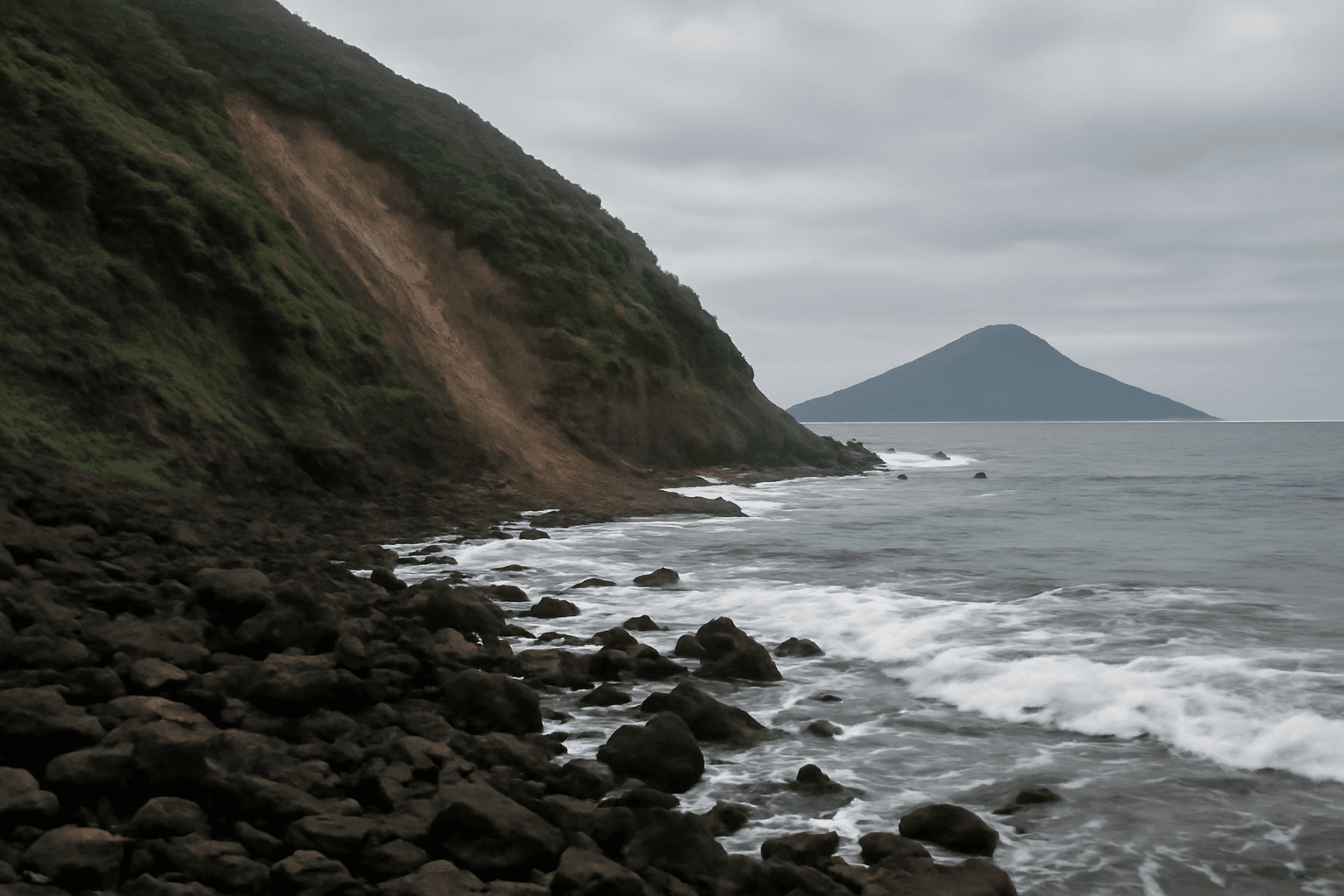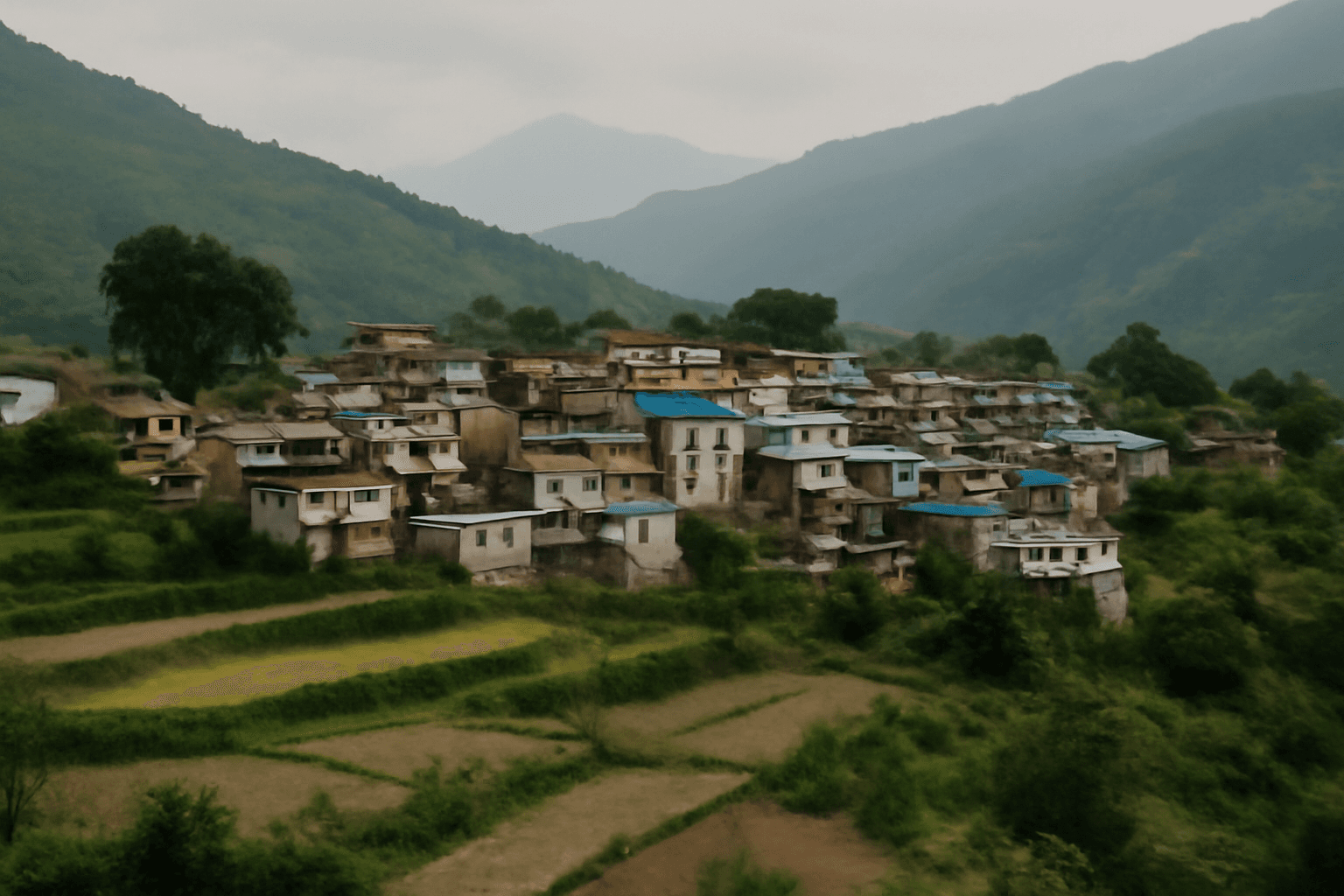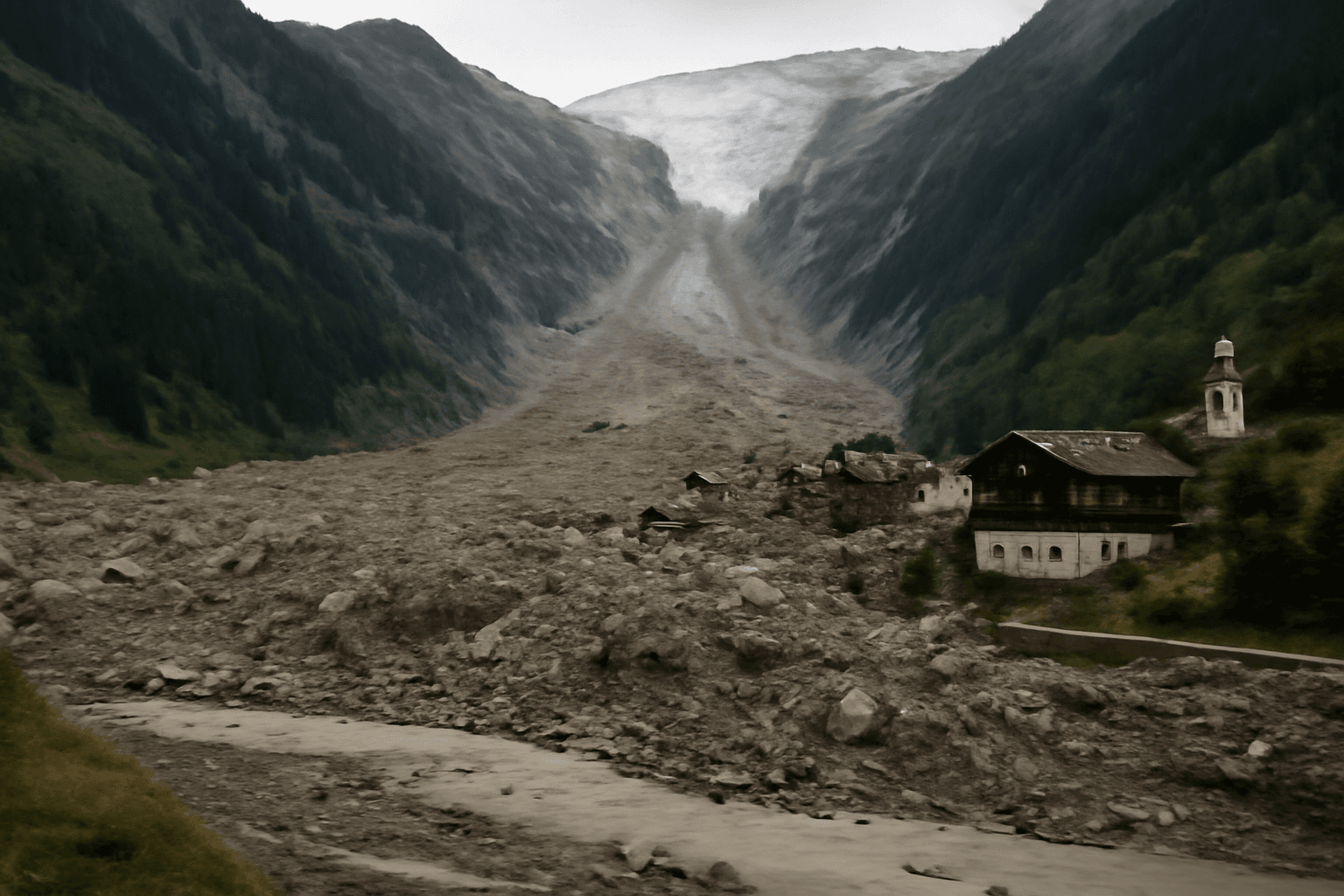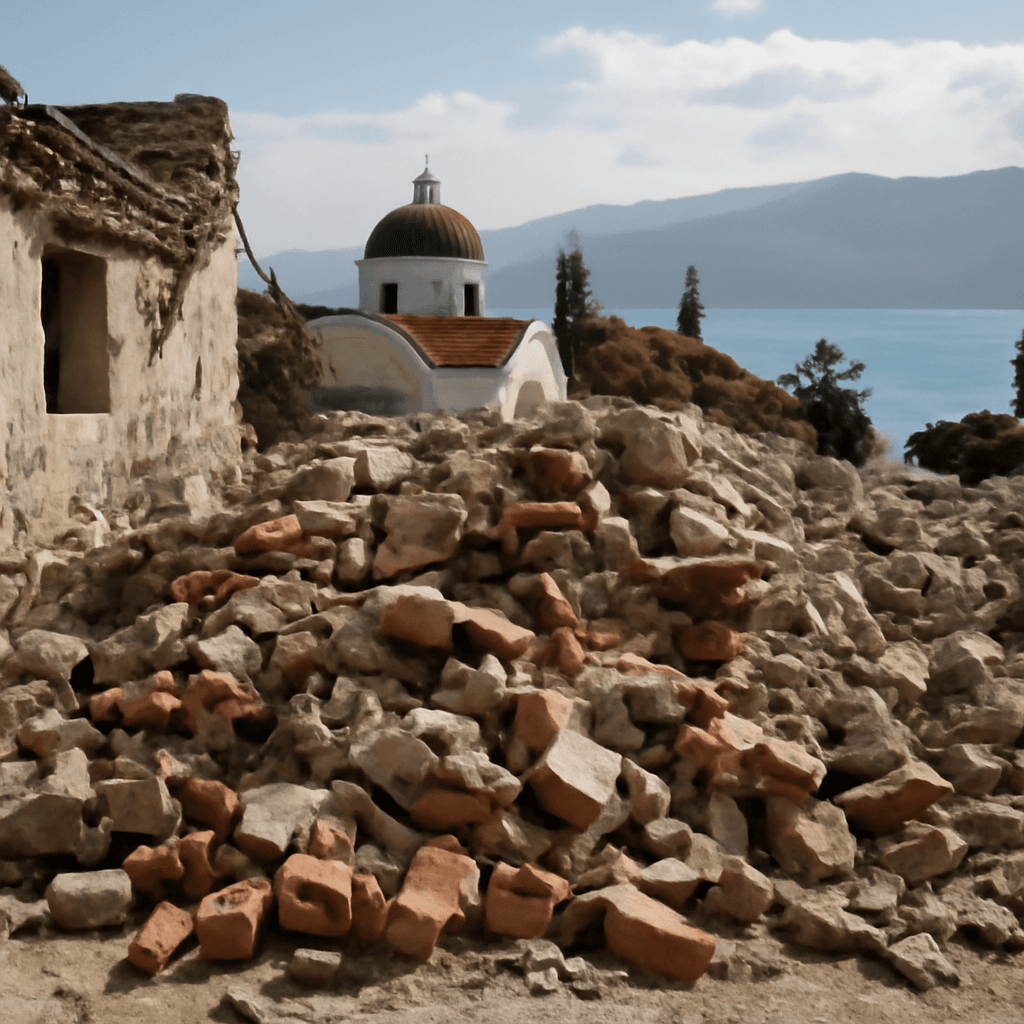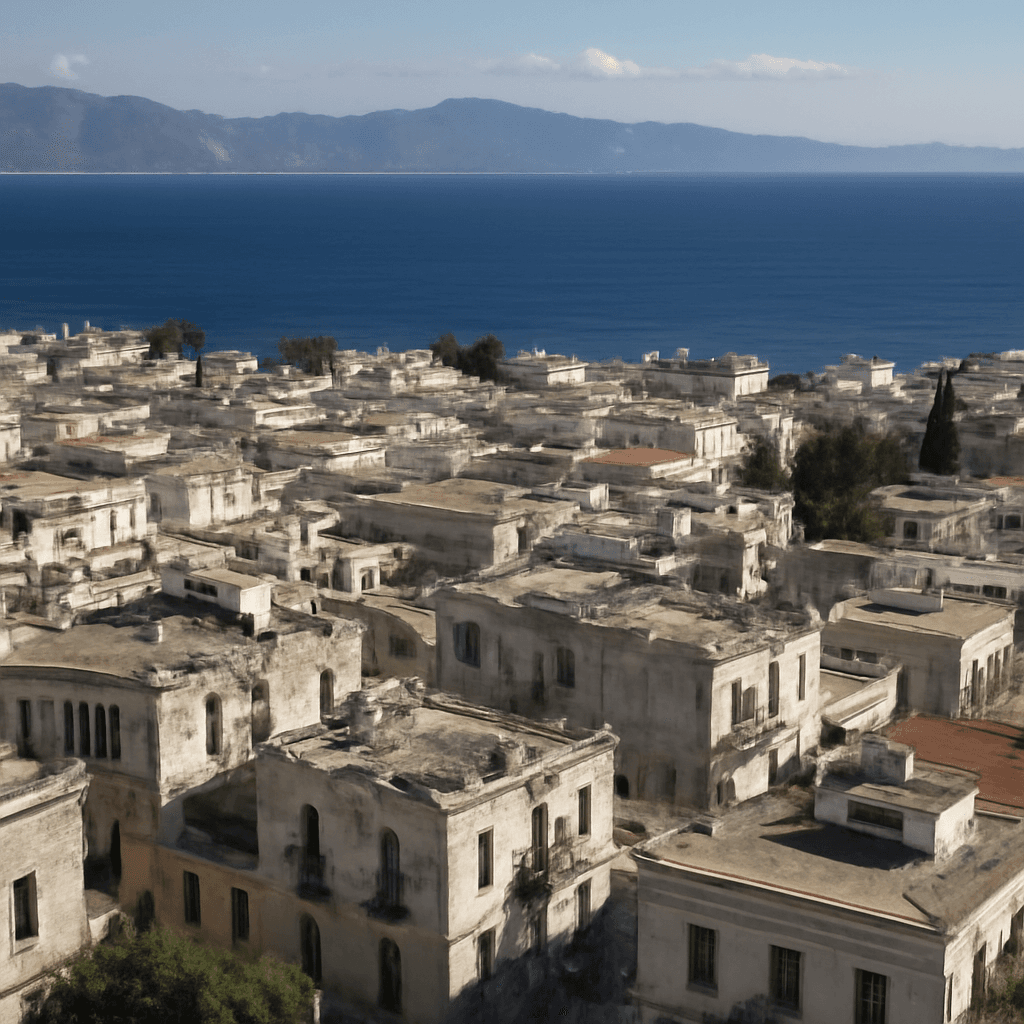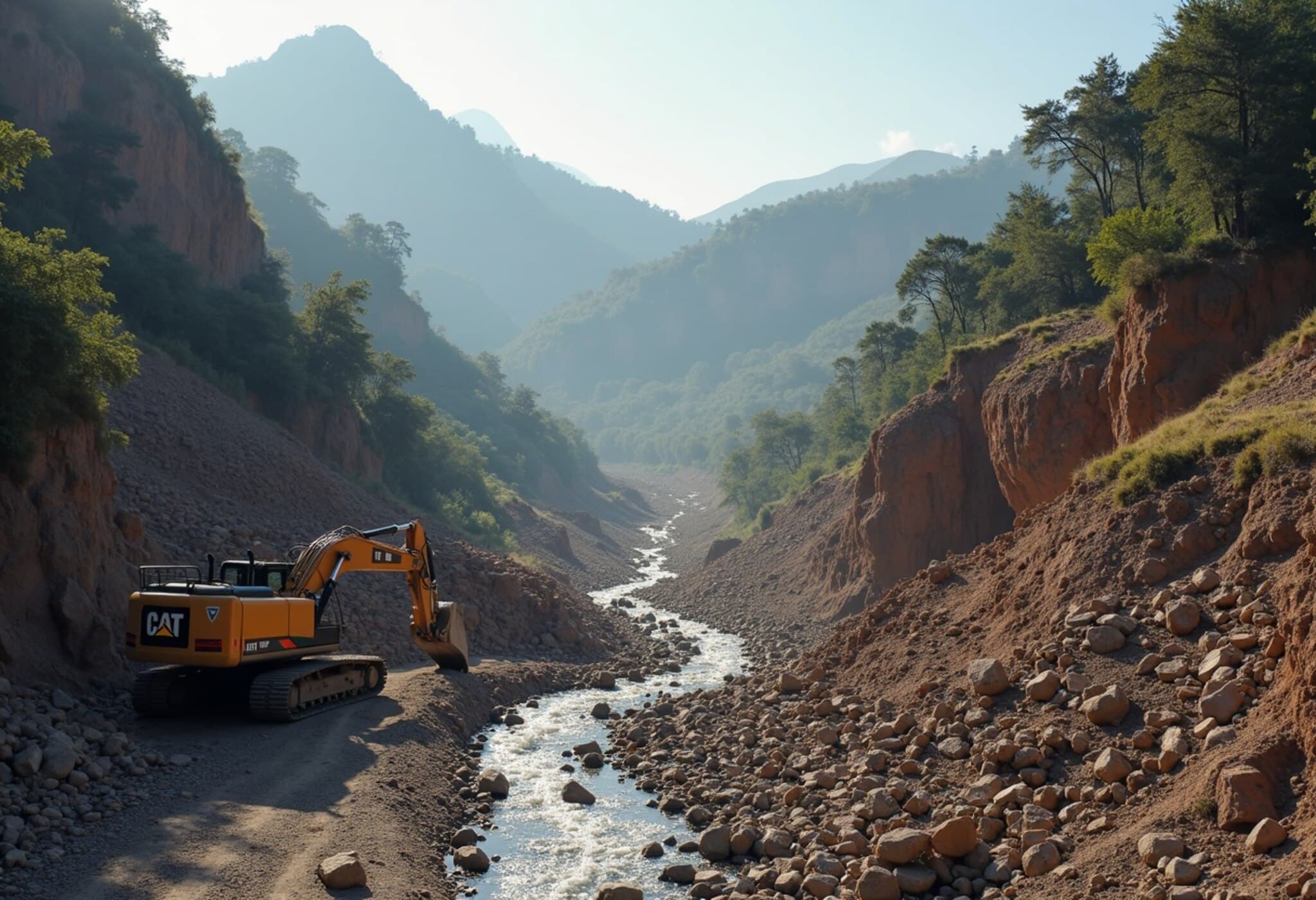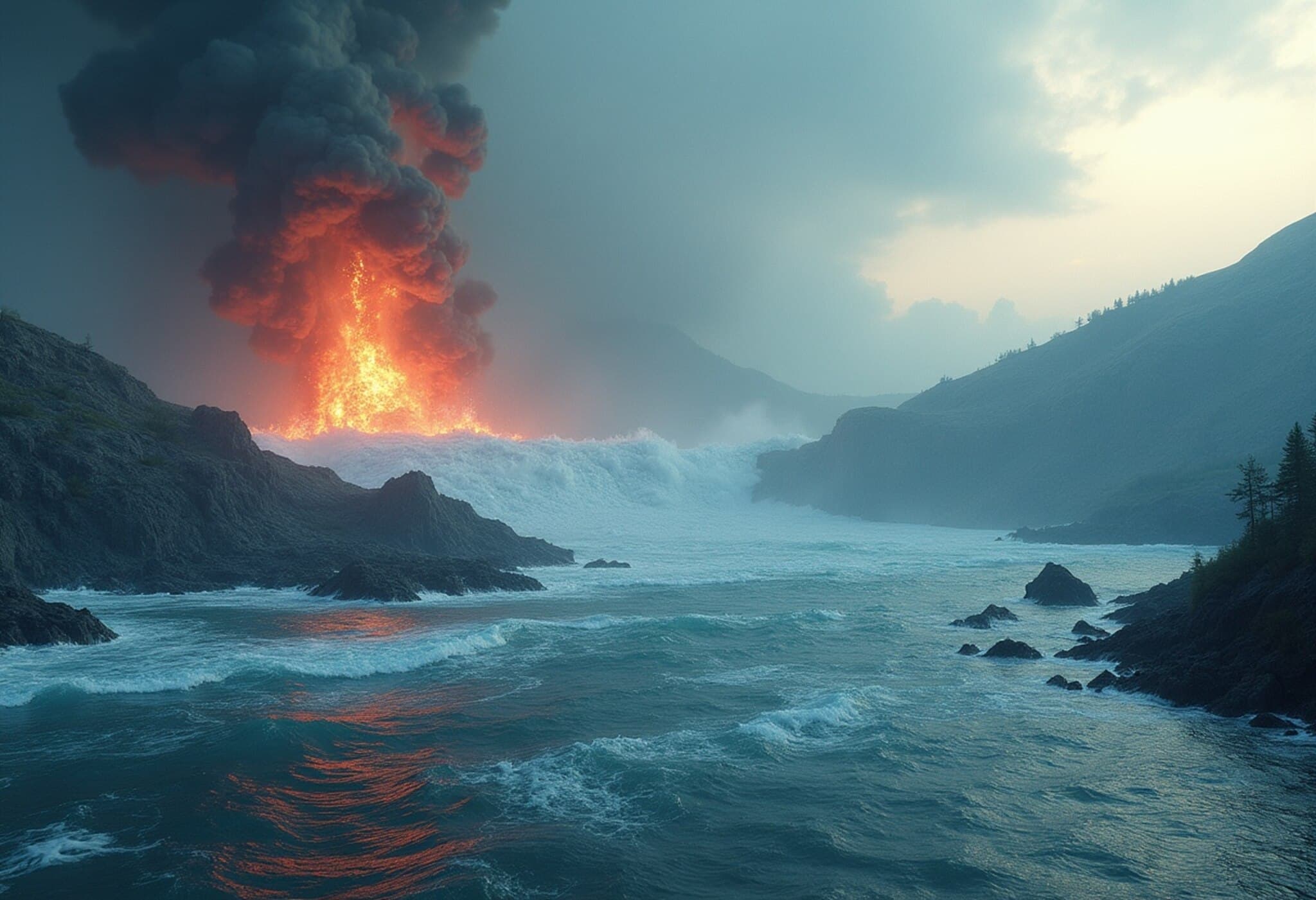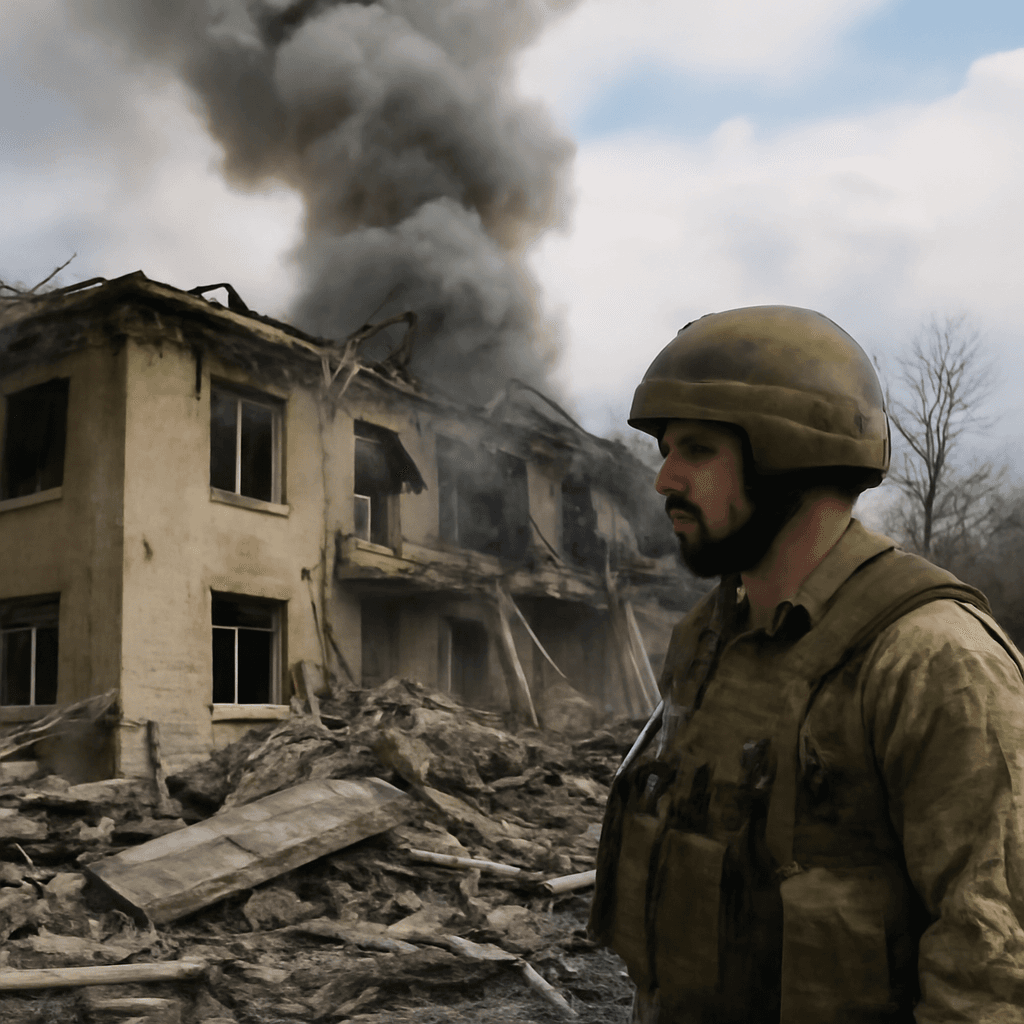Powerful 6.1 Magnitude Earthquake Strikes Kuril Islands
On Saturday evening, the Kuril Islands witnessed a significant seismic event as a 6.1 magnitude earthquake shook the region, according to the National Center for Seismology (NCS). Occurring at a relatively shallow depth of 10 kilometers, the quake's epicenter was pinpointed at latitude 49.94°N and longitude 162.70°E. The tremor was recorded at 19:33:54 IST and has heightened concerns about seismic activity in this geologically volatile area.
Recent Surge in Pacific Rim Seismic Activity
This earthquake comes on the heels of a much larger 8.8 magnitude earthquake off Russia’s Kamchatka Peninsula, which occurred only days prior. That devastating quake unleashed sizeable tsunami waves threatening coastlines in Japan and Russia. Additionally, a 5.1 magnitude aftershock near Petropavlovsk-Kamchatsky was reported on August 5 by the US Geological Survey (USGS), highlighting persistent seismic unrest across Russia’s far east.
Why the Kuril Islands and Kamchatka Peninsula Are Seismically Active
The Kuril Islands and Kamchatka Peninsula sit along a highly active segment of the Pacific "Ring of Fire" — a horseshoe-shaped zone known for frequent earthquakes and volcanic eruptions due to tectonic plate subduction. These regions are where the Pacific Plate dives beneath the North American Plate and the Eurasian Plate, generating not only significant earthquakes but also increasing the risk of tsunamis and volcanic activity.
Regional Impact and Preparedness Measures
Despite the powerful tremors, early reports indicate no immediate casualties or extensive damage. However, such quakes serve as a solemn reminder of the need for robust disaster preparedness, especially for communities along the Russian Far East and in nearby Japan. Governments and disaster response agencies are urged to remain vigilant as aftershocks and additional seismic events could follow.
Expert Perspectives and Emerging Questions
Seismologists emphasize that clusters of high-magnitude quakes often reflect stress transfer along fault lines, which might trigger subsequent events in adjacent areas. The recent sequence of tremors allows researchers to gain valuable insights into subduction zone dynamics and may improve predictive models.
Critical questions remain:
- Could these quakes signal the beginning of a larger seismic episode in the Pacific Rim?
- How prepared are local and regional authorities in managing potential tsunami threats?
- What lessons from previous major Pacific earthquakes can be applied to enhance early warning and public safety?
Looking Ahead
This developing story underscores the ongoing vulnerability of regions along tectonic boundaries. Public awareness campaigns, improved infrastructure resilience, and international scientific collaboration are key to mitigating risks posed by natural disasters born from Earth's restless geology.
Editor's Note: The recent sequence of earthquakes in the Kuril Islands and Kamchatka Peninsula shines a spotlight on the pressing need for heightened monitoring and preparedness across the Pacific Rim’s seismic hotspots. As climate change and urban development converge with natural hazards, the resilience of vulnerable communities must be a global priority. Our coverage will continue to monitor developments, exploring the intersection of science, policy, and human impact throughout this seismic episode.

